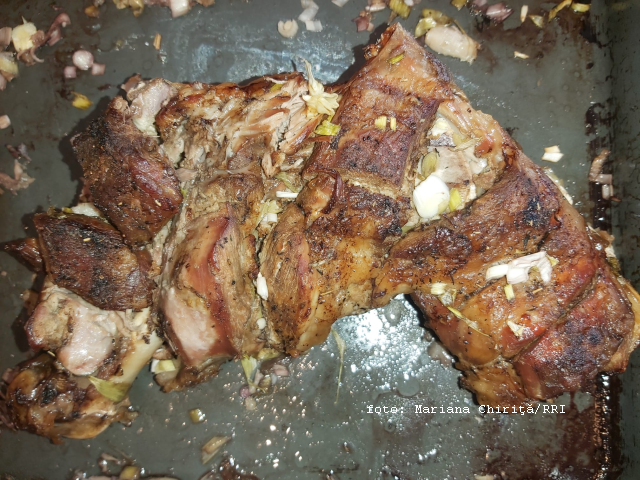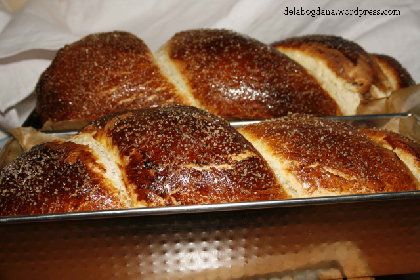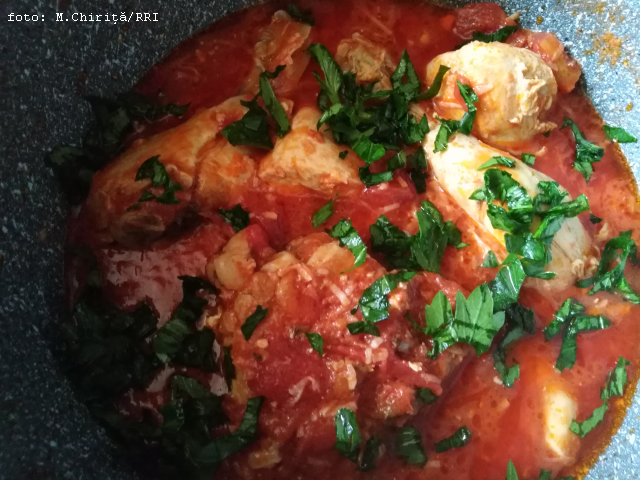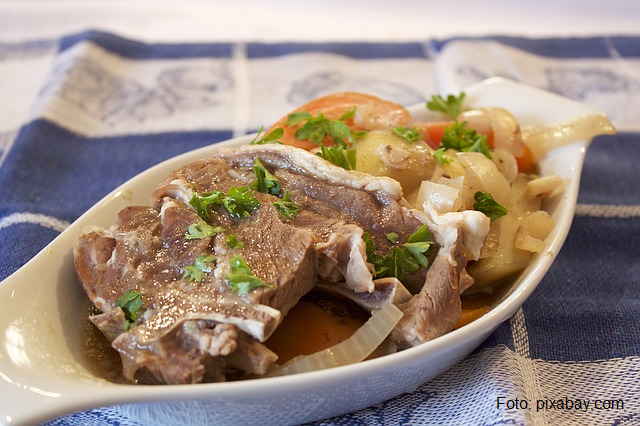Traditional fatback
Today we will be talking about a preparation that is fundamental to traditional culture in Romania, as well as the rest of the Balkans, fatback.
Warning: Trying to access array offset on null in /home/web/rri.ro/public/wp-content/themes/rri/template-parts/content.php on line 53
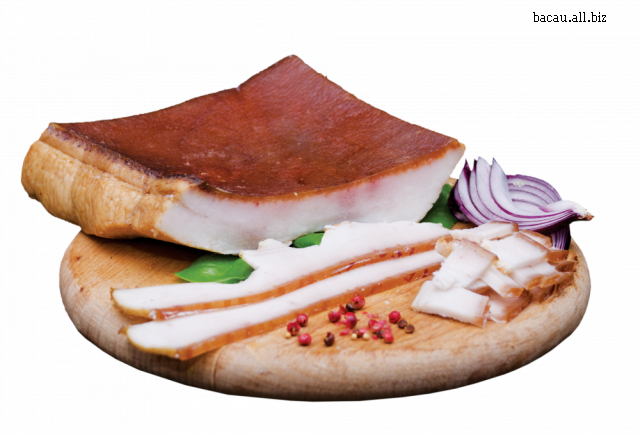
Warning: Trying to access array offset on null in /home/web/rri.ro/public/wp-content/themes/rri/template-parts/content.php on line 98
Radio România,
30.12.2018, 13:56
Today we will be talking about a preparation that is fundamental to traditional culture in Romania, as well as the rest of the Balkans, fatback.
In fact, that is an approximation of the term, since its preparation may be quite elaborate, and the better term is the Romanian one, ‘slanina, which is a term derived from the old Slavic word for salt. Most neighboring peoples use a similar term, since most of them speak Slavic languages. ‘Slanina generally indicates fatback with the rind on, and is most times salted and smoked, sometimes spiced and seasoned. It is the most common way of preserving pig fat from the back or belly.
Its making is closely related to the entire range of winter traditions related to the slaughter of pigs in traditional households in villages. Each area has its own ways of preparing it, and the methods also vary in terms of how long it is expected to last. In some villages, it is kept buried in salt. In others, it is kept in a brine. One version of that is using a brine made by dissolving two tablespoons of salt per liter of water. After bringing the brine to a boil, crushed garlic is added, then peppercorns and black pepper powder, thyme, and bay leaves. The fatback is set into a barrel or a large pot, then covered in the cold brine, and left for about three weeks. Then it is sent to get smoked.
In certain areas of Transylvania, people salt the fatback using brine in which sauerkraut was made, which has a distinctive flavor and salty tangy taste. They add peppercorns and bay leaves to the brine. They first boil the fatback until a fork can be pushed into it easily, then they press it. After draining it, it is covered in a garlic paste, then sprinkled with paprika, sometimes mixed with chili powder. It is then kept in a dry, cool place.
Before refrigerators, people used a room, sometimes a dedicated one, for hanging out their preserved pork products. In Medieval Saxon villages in Transylvania, the fatback was kept in rooms set aside in defense towers. Almost every fortified church in Transylvania has a fatback tower, which is actually called just that. Every family had its own set of hooks for hanging out their fatback. You could only go in there on Sundays, because the temperature was kept low by blocks of ice covered in straw, brought in during the winter months.
No matter how you prepare it, you can eat the fatback as is, sliced thin, alongside other entrees, preferably with red onion or cloves of raw garlic, as the people in villages traditionally do when they go work in the field. Also, smoked fatback is essential to many other dishes, because it is the main method of lending a smoky flavor to cooked dishes. One of them is the famous ‘sarmale, of which we speak often in this feature. In some areas of Romania, it is even used to give a smoky taste to meat and vegetable soups, usually thick concoctions eaten in the cold months of winter. One other popular preparation is the so-called ‘spiked roast pork. The hunk of meat is stuck with the tip of a knife, and in the cuts people put cloves of garlic and slices of smoked fatback, which gives it a unique flavor. In any case, there is nothing like the taste of smoked and salted fatback.
Enjoy!

